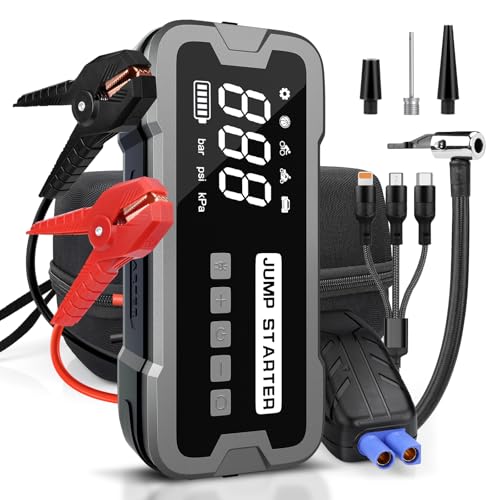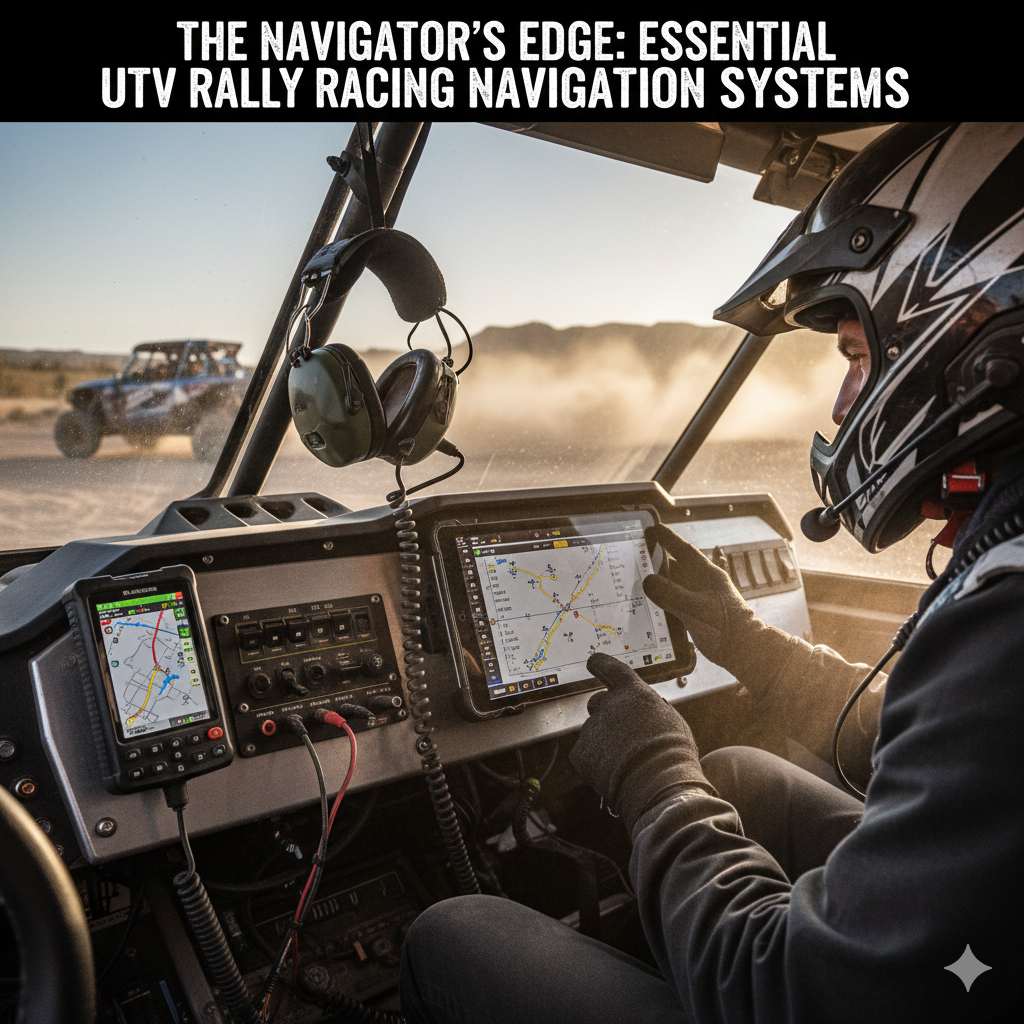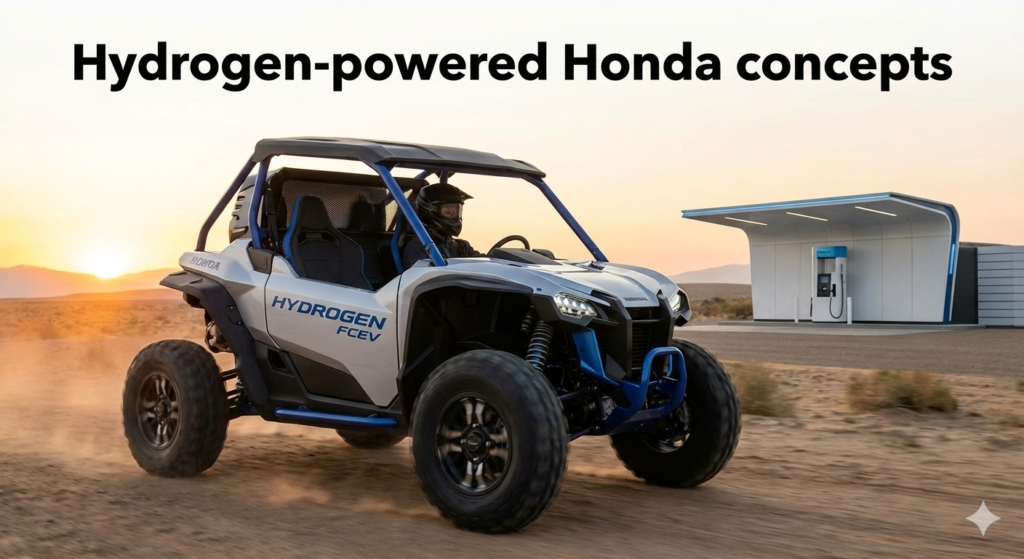Introduction
In the world of off-road adventure and emergency response, Search and Rescue (SAR) UTVs have become indispensable. As terrain challenges intensify, first responders rely on these rugged, high-tech machines to reach remote locations quickly and safely. Search and Rescue UTV configurations have evolved dramatically in 2025, integrating smarter communication tools, adaptive lighting, and medical-grade transport setups. In this deep dive, we’ll explore what makes a rescue UTV mission-ready, the latest innovations in SAR technology, and real-world examples of how these vehicles are saving lives off the beaten path.
1. The Core Design of a Search and Rescue UTV
Every great rescue UTV starts with a strong foundation — a capable base vehicle that can handle rugged terrain, carry equipment, and perform under stress. Models like the Polaris Ranger, Can-Am Defender, and Honda Pioneer are among the top choices for 2025 builds. Key design priorities include stability, payload capacity, and modular adaptability for specialized gear.
Modern SAR UTVs also emphasize weatherproofing, reinforced suspension, and power management systems. Configurations vary depending on whether the team operates in forests, deserts, or mountains, but the goal remains the same — reliability when every second counts.
2. Communication and Navigation Systems
Communication is everything in a rescue scenario. UTVs now come equipped with long-range two-way radios, satellite trackers, and GPS-integrated mapping systems. Some high-end builds integrate telematics with live data tracking, allowing command centers to monitor location, speed, and environmental conditions in real time.
For 2025, advanced systems like Garmin Tread Overland and Midland MXT575 MicroMobile radios dominate the field. They ensure that even in deep wilderness or post-disaster zones, rescuers stay connected and coordinated.
3. Lighting and Visibility Upgrades
In low-visibility conditions, lighting can make or break a rescue mission. High-intensity LED light bars, floodlights, and 360° strobe systems are now standard features in Search and Rescue UTV configurations.
The latest lighting setups use low-draw, high-output LEDs from trusted manufacturers like RIGID and Whelen. These systems not only illuminate trails but also signal presence to other rescue teams and aircraft during coordination.
4. Medical and Equipment Integration
SAR UTVs often double as mini ambulances. Modern configurations include stretcher mounts, oxygen storage, and quick-access compartments for trauma kits. Companies like Kimtek Research and ASAP911 specialize in building modular skid systems that transform any UTV into a first-response vehicle.
These setups are designed with ergonomics and safety in mind. Stretchers lock into place to minimize movement during rough rides, while heavy-duty tie-downs secure equipment even on steep slopes.
5. Real-World Examples of Search and Rescue UTVs in 2025
2025 Can-Am Defender Wildland Rescue UTV: Built for wildland operations, it features a steel flatbed with a slide-out gear basket, 85-gallon fire skid, 360° LED lighting, and upgraded coilovers for high terrain performance.
ARGO Aurora 950 XT SAR 8×8: An amphibious, 8×8 powerhouse with a 40 hp EFI engine — perfect for swampy or flooded terrains where wheeled vehicles can’t go.
ASAP Select Series UTV Ambulances: Purpose-built for patient transport, featuring cot mounts, reinforced suspensions, and marine-grade construction for trail and beach rescues.
Polaris Pro XD Fire/Rescue UTV: Heavy-duty diesel and gas variants with enhanced payload, towing power, and modular skid setups for rescue gear and personnel transport.
Polaris Ranger Emergency Response Package: Integrated with TOMAR emergency lighting, sirens, and multi-channel communication gear for professional SAR operations.
6. Training, Safety, and Maintenance
Even the most advanced UTV is only as good as its operator. Search and rescue teams undergo rigorous driver training, learning to manage weight distribution, traction control, and vehicle recovery in extreme terrain.
Regular maintenance checks are critical — tire pressure monitoring, suspension inspections, and software updates for telematics systems help ensure performance and safety.
7. The Future of SAR UTVs
The future of Search and Rescue UTVs looks exciting. AI-powered navigation, drone-assisted scouting, and hybrid-electric drivetrains are already being tested. With advancements in IoT integration, future UTVs will likely offer predictive maintenance alerts and autonomous support for dangerous terrain navigation.
Conclusion
Search and Rescue UTV configurations have evolved into highly specialized, mission-critical vehicles. From enhanced lighting and communication to integrated medical systems, these machines embody the perfect fusion of technology and utility. As off-road and rescue challenges grow, the innovations in 2025’s UTV builds ensure that first responders stay faster, safer, and more effective than ever.
- 【2000A Peak / 4000A Surge Power】 – Safely jump start 12V vehicles with up to 8.0L Gas & 6.5L Diesel engines. Delivering …
- 【Built-In 150 PSI Smart Air Compressor】 – Inflate car tires, motorcycles, bicycles, and sports balls with preset pressur…
- 【20000mAh High-Capacity Power Bank】 – Dual USB outputs (5V/2A, 9V/2A) and Type-C input (5V/3A, 9V/2A) allow fast chargin…
- Pink Essential Roadside Emergency Kit: VEIYIE car emergency kits for vehicles includes all the essential tools and suppl…
- High Quality Components: Every item in our car safety kit is made of high-quality materials, the jumper cables have a su…
- Car Repairs Tool Box:The tools are rich and varied, including Screwdriver, hammer, screwdriver, wrench, test pencil, 2-m…
- The Road Guardian- The portable roadside assistance kit is designed and hand picked by a group of experienced veterans a…
- Top-Notch Digital Auto Tire Inflator- lightweight and compact air compressor can inflate your standard vehicles tire in …
- Copper-Clad Aluminum 12 Feet 8 Gauge Jumper Cable- A durable battery starter cable is a must-have for your trip. Unlike …












